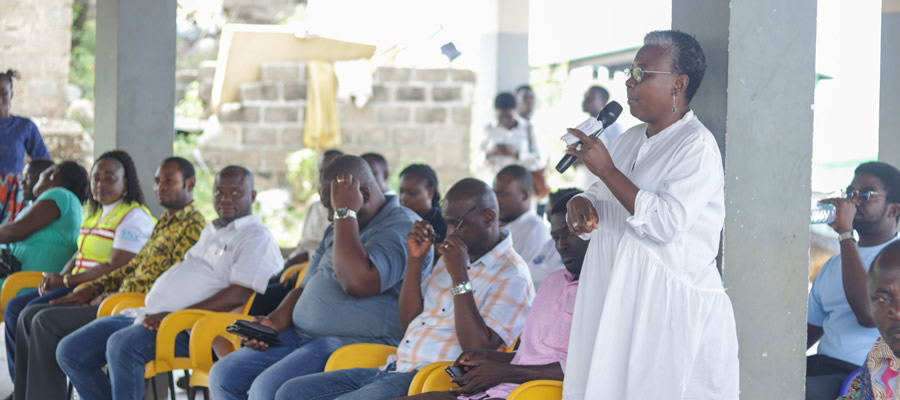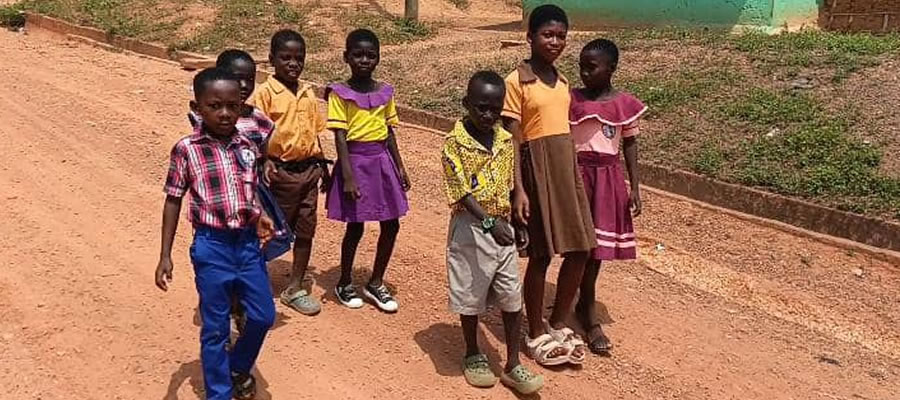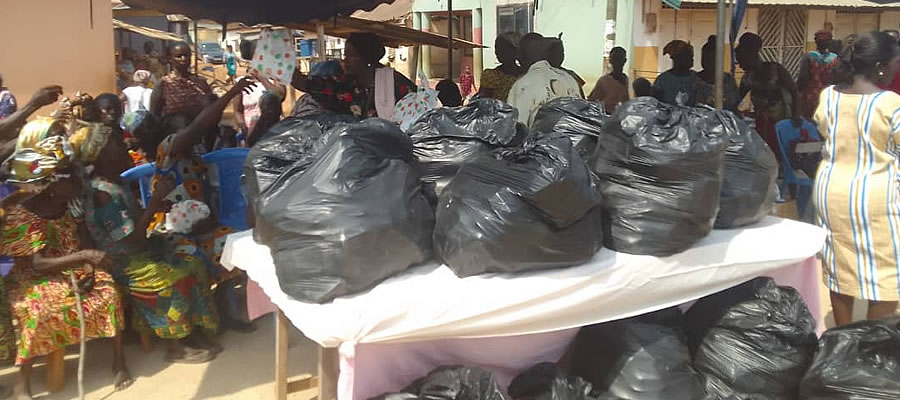

Location and Size:
Ahanta West District is located at the southern most point of the country and the entire West African Sub-Region with its capital Agona Nkwanta also called Agona Ahanta. The Ahanta West District has a total land area of 591 square kilometers and it is occupied by 95,140 people according to the 2000 Population and Housing Census report.
The District is bounded on the East by the Sekondi Takoradi Metropolitan Assembly (STMA), on the West by the Nzema East Minicipal, and the North by Mpohor Wassa East and Tarkwa Nsuem Municipal and the Gulf of Guinea to the South.
The District is about 15 minutes drive from the commercial capital of Western Region, Takoradi and about 25 minutes drive from the administrative capital, Sekondi. In terms of distance, it is approximately 25 kilometers from the central business district of Takoradi.
This proximity to the central business district of Takoradi enhances business and trade in particular. The District lies between latitude 4°.45"N and longitude 1°.58"W.
Topology & Drainage
The land is generally lowlying and it is underlain with rocks rich in gold, diamonds, manganese and some takes of clay.
Climate & Vegetation
Climate
The District is found within the South-Western Equatorial Climatic Zone of Ghana the highest mean temperature is 34°C which is recorded between March and April, while the lowest mean temperature of 20°C is experienced in August.
Relative humidity is very high averaging between 75% to 85% in the rainy season and 70% to 80% in the dry season. The District is located within the wettest region in Ghana.
It experiences a double maxima rainfall of over 1,700 millimeters. This abundant rainfall supports agrarian activities in the District.. However, due to the high number of third class roads in the district, accessibility to most parts of the district is thwarted during the rainy season
Vegetation
The District falls largely within the High Rain Forest Vegetation Zone, capturing several hectors of plantation of the rubber plant. To a large extent, this contributes significantly to reducing the problem of global warming, since a chunk of Co2 emissions by the automobile especially, are absorbed.
Due to human activities, all the forest except Cape Three Points Forest Reserve which occupies an area of 51.02 square kilometers has been reduced to secondary forest
Geology & Soil
The soil is loamy and is good for the cultivation of palm fruit, coconut, maize, and vegetables and citrus.
Date Created : 11/28/2017 6:28:36 AM









 facebook
facebook
 twitter
twitter
 Youtube
Youtube
 +233 593 831 280
+233 593 831 280 0800 430 430
0800 430 430 GPS: GE-231-4383
GPS: GE-231-4383 info@ghanadistricts.com
info@ghanadistricts.com Box GP1044, Accra, Ghana
Box GP1044, Accra, Ghana